|
Are you ready to set sail into the world of boating but feel like you're navigating uncharted waters? Fear not, because at Proline Marine, we're dedicated to turning novices into seasoned navigators. Whether you're dreaming of lazy days on tranquil lakes or thrilling adventures on the open sea, our comprehensive guide will help you embark on your boating journey with confidence and expertise.
0 Comments
When it comes to enjoying the vast expanse of water, whether for leisurely fishing, adventurous water sports, or simply cruising with loved ones, having the right boat makes all the difference. Enter Proline Marine, a trusted name in the world of boating, renowned for its quality craftsmanship and dedication to meeting diverse boating needs. With a wide array of options available, choosing the perfect Proline Marine boat requires careful consideration and understanding of your specific requirements. In this guide, we'll navigate the waters of boat selection to help you find the ideal Proline Marine vessel for your needs.
For avid anglers and passionate fishermen, there's nothing quite like the thrill of casting a line into the pristine waters of a hidden fishing spot, waiting patiently for that telltale tug on the line. Whether you're a seasoned angler or just starting out, discovering new fishing spots can add a sense of adventure and excitement to your hobby. At Proline Marine, we understand the joy of exploring the great outdoors and reeling in the big catch. That's why we've put together this comprehensive guide to help our fellow enthusiasts uncover some of the best fishing spots around.
Owning a boat is not just about the thrill of the open water; it's also about responsibility. Proper maintenance ensures your vessel remains safe, reliable, and ready for adventure. Whether you're a seasoned sailor or a novice captain, these top 10 maintenance tips will help you keep your boat in shipshape condition
Bank fishing is the cherished pursuit of angling from the serene shores of rivers, lakes, ponds, or any body of water accessible from the land. It's a timeless and accessible pastime that has captivated the hearts of anglers for generations. In this post, we'll explore the art and joy of bank fishing, from its simplicity and connection to nature to the techniques and gear that can make it a rewarding and relaxing experience.
When people think of West Texas, images of sprawling desert landscapes, towering mesas, and cowboy culture often come to mind. Yet, there's a lesser-known side to this region: its fishing potential. As counterintuitive as it may seem, West Texas boasts some impressive water bodies that make for memorable fishing trips, offering an experience that is fun and educational for the whole family. Here's why a fishing trip, whether in West Texas or elsewhere, remains an unparalleled activity for all ages.
This week, two largemouth bass weighing over 13 pounds were caught in O.H. Ivie Lake in Texas, which will be used in a selective breeding program to enhance the state's fisheries.
These bass, pictured left-to-right atop this post, weighed 14.76 pounds for Dalton Smith and 13.31 pounds for Caden Cowan. “Do not adjust your screens, you are seeing double double-digits bass!” the Toyota ShareLunker Program announced via social media on Thursday. Legacy Lunkers are being used as spawners for stocking programs presented by Texas Parks and Wildlife Department as part of the state's ShareLunker hatchery program. During their first year, largemouth bass grow 4 to 6 inches (10 to 15 cm), 8 to 12 inches (20 to 30 cm) in two years, and 16 inches (40 cm) in three years. They're usually green with dark blotches on either side of the middle. Undersides range from light green to almost white. The dorsal fin is nearly divided with nine spines on the anterior part and 12 to 13 soft rays on the posterior part. There's a lot of space between their upper jaw and their eyelids. Life of Largemouth Bass The largest predator in the aquatic ecosystem is the largemouth bass. The fry eat mostly zooplankton and insect larvae. When they're about two inches long, they start hunting. Fish and large invertebrates like crayfish are the only food they eat as adults. Smaller bass are preyed upon by bigger fish. Taking the kids fishing in San Angelo and west Texas can feel like a daunting task. Fishing typically invokes images of a peaceful lake or a bubbling stream and the feeling of relaxation. When you add children to the mix, the scene gets a lot more interesting and, potentially, a whole lot less relaxing. Even so, taking the family fishing can be a very rewarding experience that everyone will remember for years to come. Below are five reasons why it pays to fish as a family.
Spending Time Outdoors: Fishing is a great way to encourage even very young children to get outside and have fun. Once children of any age land their first fish there is a good chance they will be "hooked" for life. Since spending more time outdoors can lead to a healthier, active lifestyle, the whole family will benefit from every trip. Bonding: Families that play together, stay together. Fishing is a great way to spend time together while working towards a common goal. It is an excellent time to talk with older children about what is going on in their lives and younger children will enjoy the attention of being taught how to cast, bait, or reel in a fish. Building Confidence: When a child reels in that first fish on their own, they feel a strong sense of accomplishment. No matter how big the fish is, the fact that they did it is sure to make them swell with pride. Being able to do an activity well, on their own, will help them build the confidence they need to tackle other aspects of life. Teachable Moments: Many important lessons and skills can be taught through fishing. Making a contest of who can catch the most fish can help children learn sportsmanship. Tying knots to secure hooks and swivels can be difficult and requires persistence. However, since the fish must come to you, the most obvious lesson learned through fishing is patience. Stories and Memories: Remarkable events are almost a guarantee when you go fishing as a family. Whether it's that Dad forgot to put the cooler in the car, one person got the most fish when no one else caught anything, or that sudden storm that rolled in just as you arrived, there are always events that will make each trip a standout occasion to be retold at family gatherings for years to come. Fishing as a family promises a very different adventure than fishing alone but it is definitely a worthwhile endeavor. It provides an opportunity to spend time together in the fresh air, build a child's confidence, and strengthen family bonds. The memories made and lessons learned will stay with the entire family for a lifetime. Fishing is a fantastic pastime enjoyed by families across the globe. Fresh air, blue water, and a feeling of connection with nature are some of the things to looks forward to when spending a day shore fishing with your children. If you are planning to take your children fishing for the first time, read on for a list of considerations to take when planning for a day of fishing with the kids.
|
Learn MoreVisit Proline Marine for all your fishing and trolling motor needs. Archives
April 2024
Categories |
Location |
|
© Copyright 2023 Proline Marine & Proline Companies. All Rights Reserved.


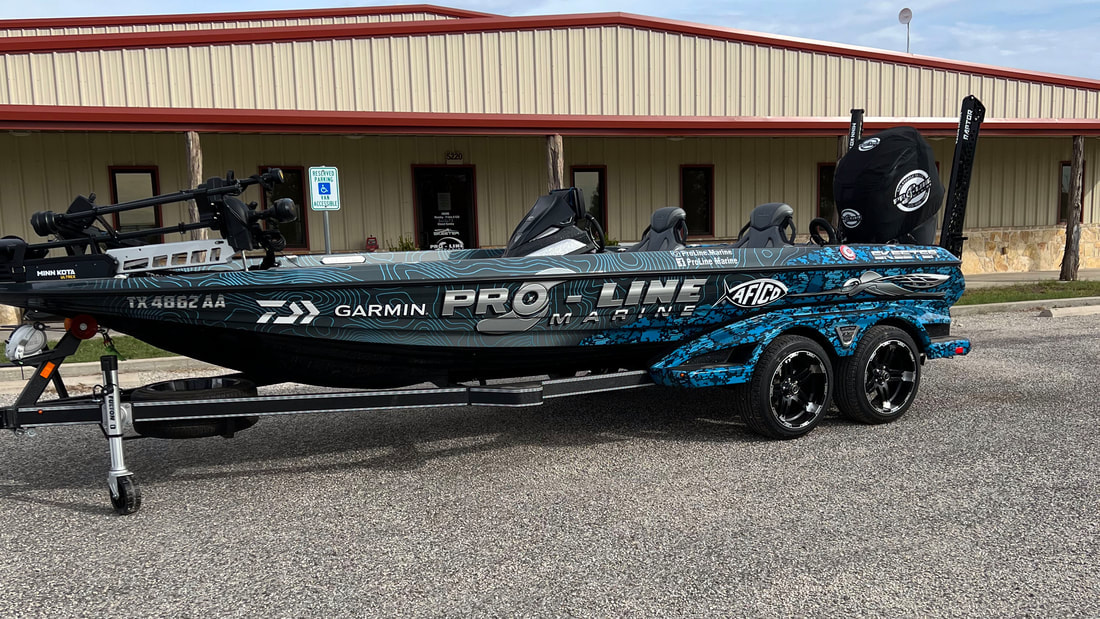
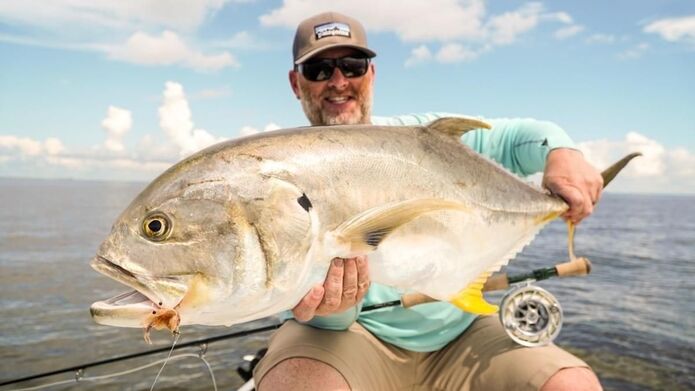

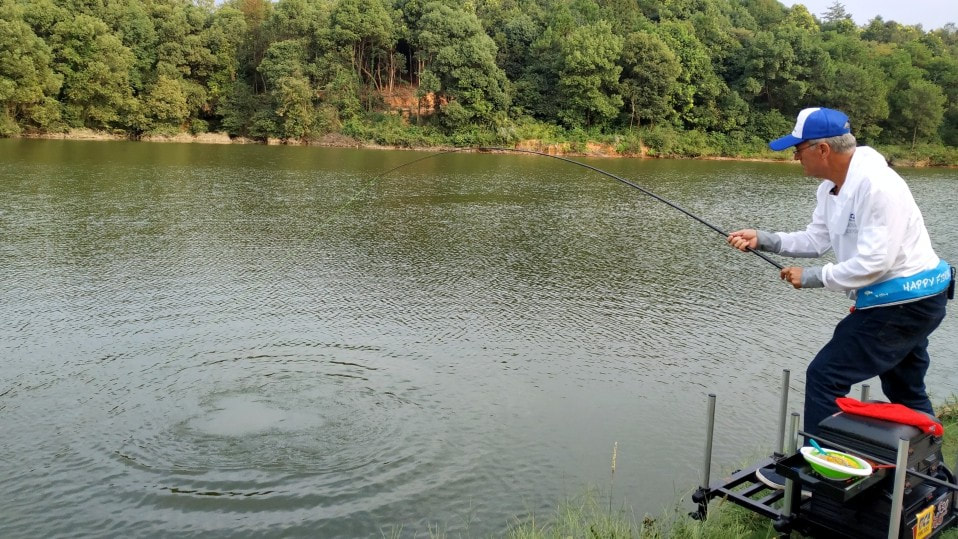
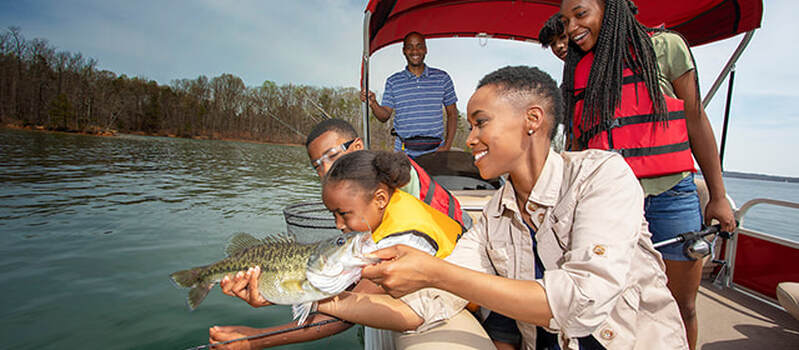
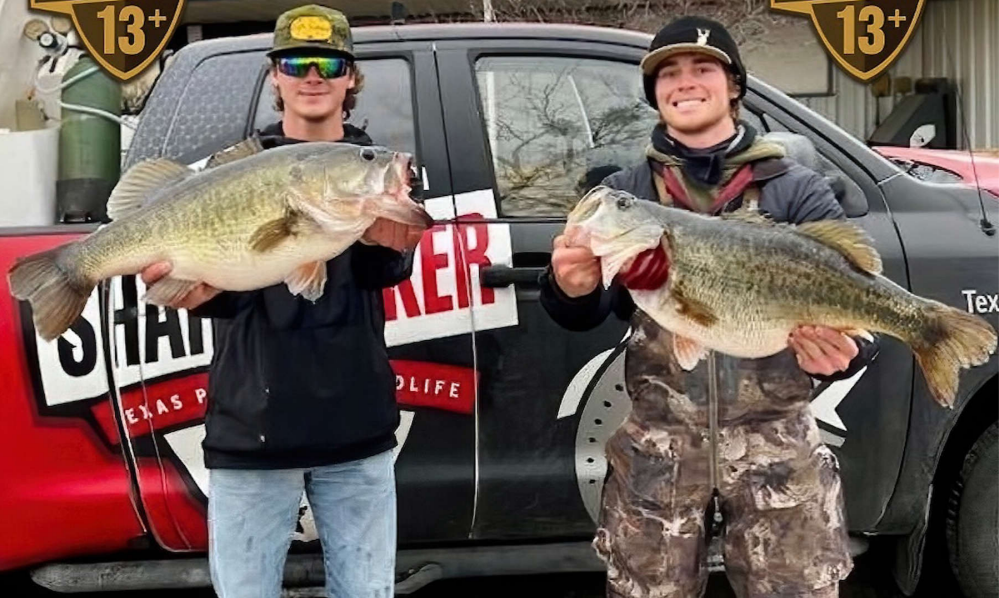
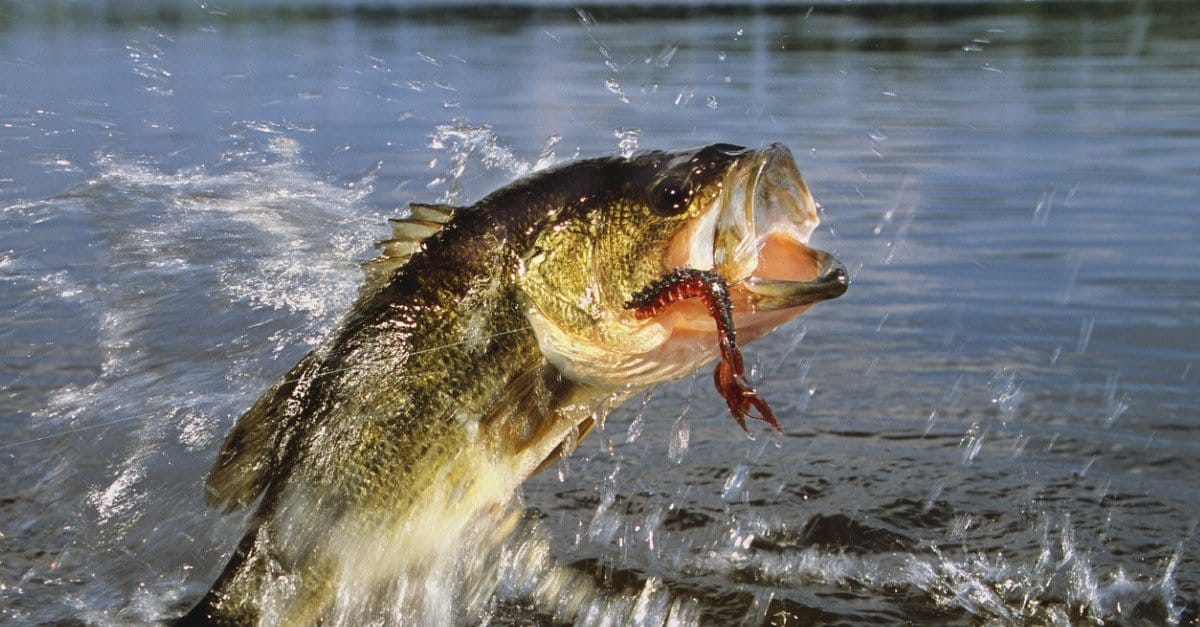
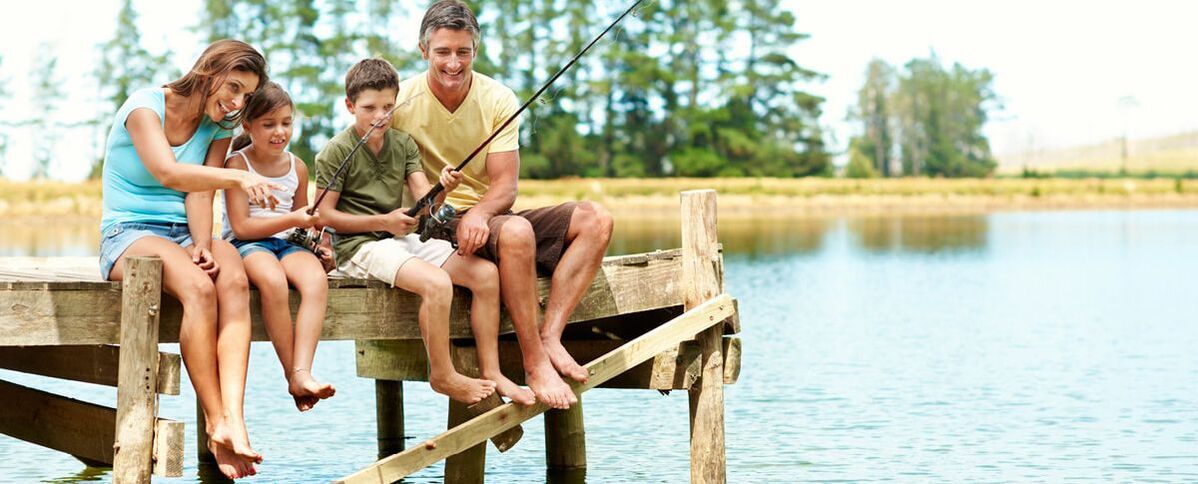
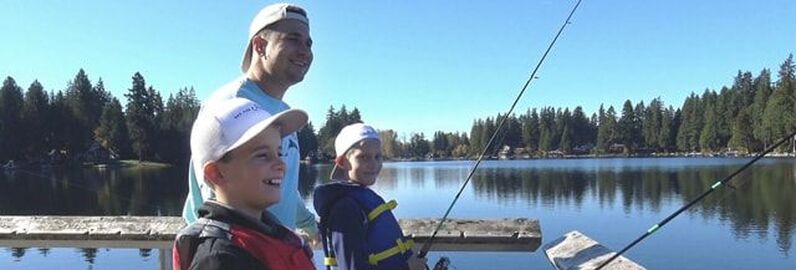
 RSS Feed
RSS Feed